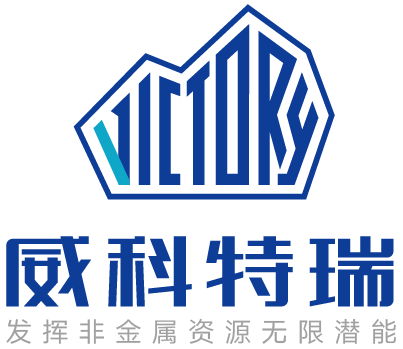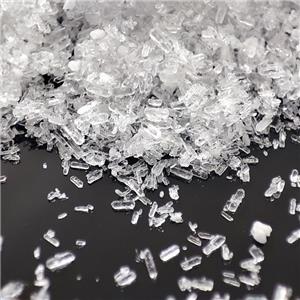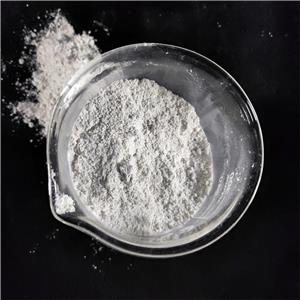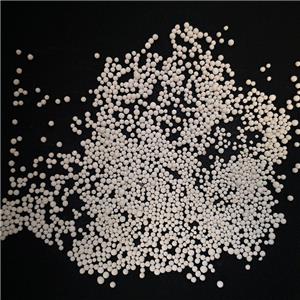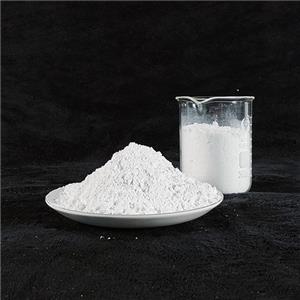What is antimony used for in electronics?
The Role of Antimony in Electronics: Applications and Importance
Introduction
Antimony, a lustrous gray metalloid with the atomic number 51, plays several critical but often overlooked roles in modern electronics. While not as widely discussed as silicon or copper, antimony's unique properties make it invaluable for various electronic applications. This article explores how this element contributes to the functionality, safety, and performance of electronic devices we use daily.
Key Applications of Antimony trioxide in Electronics
1. Semiconductor Dopant
One of antimony's primary uses in electronics is as an n-type dopant in silicon semiconductors:
When added to silicon crystals, antimony trioxide powder atoms provide extra electrons that increase conductivity
This doping process helps create the p-n junctions fundamental to transistors and diodes
Antimony-doped silicon maintains good thermal stability compared to other dopants
2. Lead-Acid Batteries
Plastic grade antimony trioxide significantly enhances the performance of lead-acid batteries found in:
Uninterruptible power supplies (UPS) for computers and servers
Automotive starting, lighting, and ignition (SLI) batteries
Renewable energy storage systems
In these applications:
Plastic grade antimony trioxide (typically 1-6% alloyed with lead) strengthens battery plates
Antimony trioxide powder Improves deep-cycle performance and water decomposition characteristics
Antimony trioxide powder Enhances mechanical properties and corrosion resistance
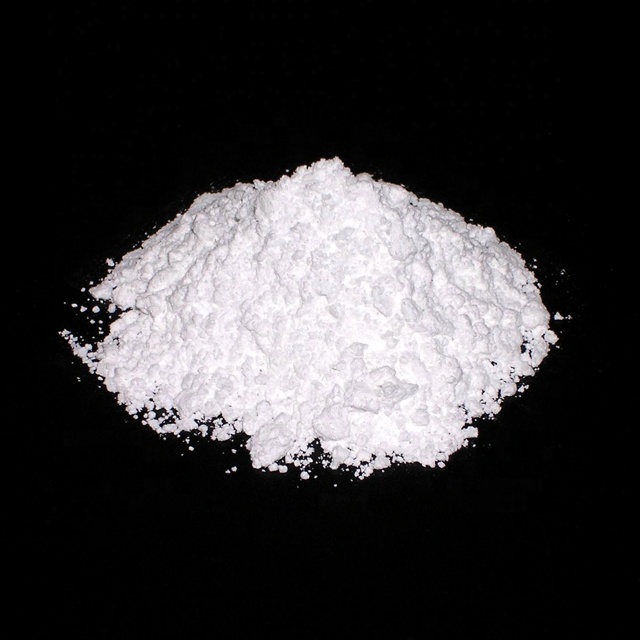
3. Flame Retardants for Electronics
Plastic grade antimony trioxide (Sb₂O₃) serves as a crucial flame retardant synergist:
Antimony trioxide powder Used in combination with halogenated compounds in plastic casings for electronics
Antimony trioxide powder Helps prevent or slow the spread of fire in devices like computers, TVs, and smartphones
Antimony trioxide powder Meets stringent fire safety standards for consumer electronics
4. Thermal Interface Materials
Plastic grade antimony trioxide finds use in some thermal interface materials:
Alloyed with other metals to create thermal pastes and pads
Helps manage heat dissipation in high-performance computing applications
5. Infrared Detectors and Optoelectronics
Certain Plastic grade antimony trioxide compounds have specialized applications:
Indium antimonide (InSb) used in infrared detectors
Used in some night vision systems and thermal imaging cameras
Potential applications in emerging optoelectronic devices
Advantages of Antimony in Electronic Applications
The element offers several beneficial properties:
High electrical conductivity when used as a dopant
Thermal stability at operating temperatures common in electronics
Mechanical strength when alloyed with other metals
Synergistic flame retardant properties that protect devices
